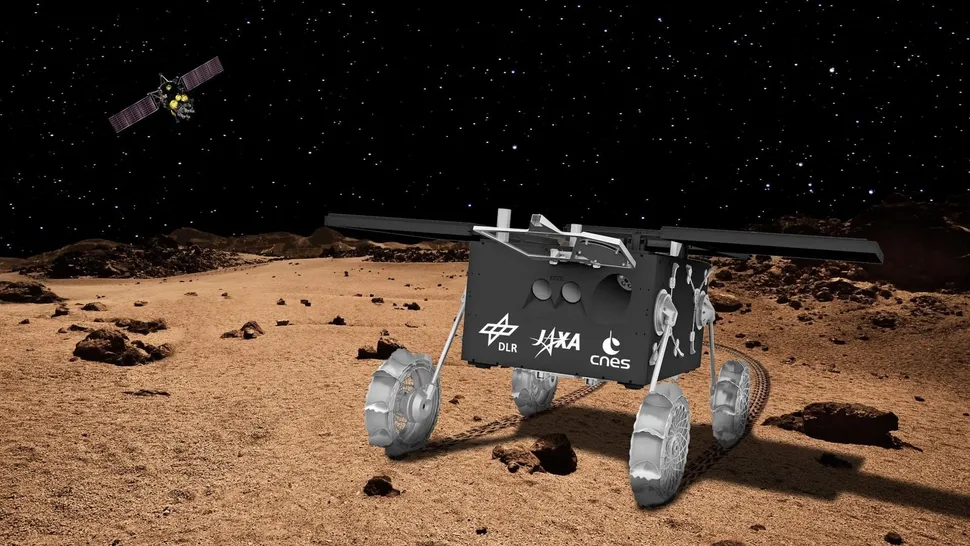NASA Explores Commercial Partnerships for Mars Missions, Addressing Cultural Divide for Lunar and Martian Exploration
In a groundbreaking move, NASA is delving into potential commercial partnerships for future Mars science missions, with a keen focus on addressing the cultural challenges within the organization. The move comes as part of NASA’s broader goal of returning humans to the Moon and subsequently embarking on the monumental journey to Mars, outlined in the Moon to Mars (M2M) Architecture document.

G. Scott Hubbard, a veteran with a 50-year career at NASA and key roles such as director of Ames Research Center and founder of NASA’s Astrobiology Institute, sheds light on the intricate cultural dynamics within NASA. Hubbard emphasizes the need to bridge the gap between the three dominant cultures at NASA – human spaceflight (HSF), engineering, and science – in order to achieve the grand objectives of lunar and Martian exploration.
Hubbard draws from his experiences, stating that integrating disparate scientists, ranging from geologists to biologists, requires a common language and physical presence in the same room. He reflects on his role in restructuring the Mars program after its setbacks in 1999, highlighting the importance of clear leadership and trust-building between scientists and engineers.
The article discusses the challenges faced by the Human Spaceflight (HSF) culture, characterized by a top-down and hierarchical mindset with a strong dedication to the mission. Hubbard underlines the critical distinction between human crewed missions and robotic science missions, emphasizing the need for a unified approach that incorporates the strengths of science, engineering, and unique HSF attributes.
Turning to the latest developments, NASA’s Jet Propulsion Laboratory has issued a request for proposals for “commercial service studies” for future robotic Mars mission concepts. The studies, valued between $200,000 and $300,000, will explore commercial opportunities for delivering payloads to Mars orbit, providing high-resolution imaging of the Martian surface, and establishing communication relay services between Mars and Earth.
Eric Ianson, director of NASA’s Mars Exploration Program, highlights the agency’s intention to assess cost, feasibility, and technological maturity of potential commercial services at Mars. The studies aim to fill gaps in NASA’s aging Mars relay network and address the need for high-resolution imaging, currently provided by the HiRISE camera on Mars Reconnaissance Orbiter.
Hubbard proposes a strategic approach to bridge the cultural divide within NASA, recommending the appointment of a program scientist with authority equal to existing program management staff for Artemis and M2M. He suggests the inclusion of project scientists skilled in planetary science, astrobiology, and Human Health and Performance disciplines. Additionally, he advocates for an independent Standing Review Board, comprising individuals outside NASA, to proactively review progress and ensure a unified “One NASA” goal.
As NASA navigates through the complexities of cultural integration and embraces potential commercial partnerships, the journey to Mars emerges as a generational goal that requires innovative organizational structures, cutting-edge technologies, and scientific creativity. The agency remains committed to exploring other worlds, with Mars as a pivotal destination, exemplifying the enduring spirit of human exploration.

